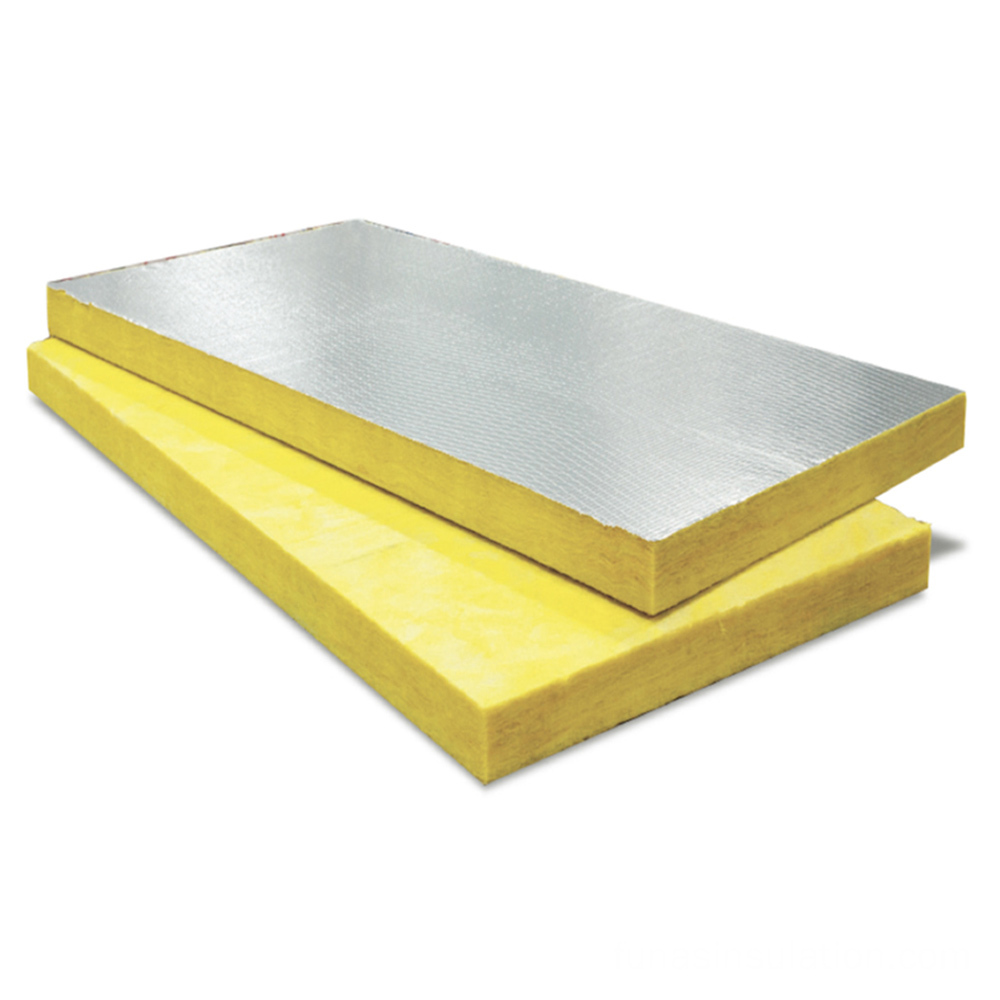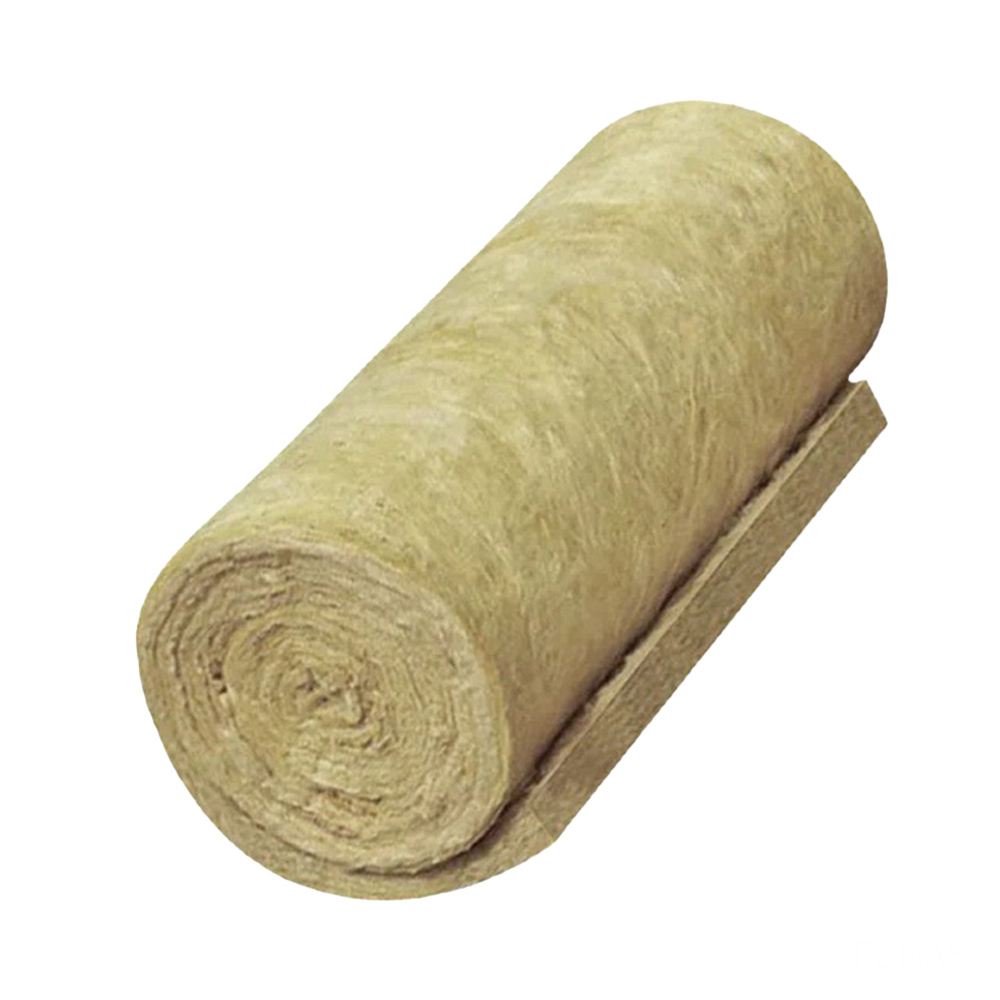Fiberglass vs Mineral Wool Insulation: Which Is Right for Your Home?
Discover the differences between fiberglass vs mineral wool insulation with FUNAS. Learn which insulation type suits your home's needs best, comparing thermal performance, safety, and cost to make an informed choice.
Preface
What is Fiberglass Insulation?

What is Mineral Wool Insulation?

Fiberglass vs Mineral Wool: Key Differences
| Feature | Fiberglass Insulation | Mineral Wool Insulation |
| Material Composition | Fine glass fibers | Melted rock (basalt) or industrial slag |
| R-Value (per inch) | R-2.9 to R-3.8 | R-4.0 to R-4.3 |
| Thermal Performance | Good, cost-effective | Excellent, better in limited space |
| Fire Resistance | Non-combustible but binder may degrade | Naturally fire-resistant, withstands >1000°C (1800°F) |
| Soundproofing | Moderate | Superior — denser structure blocks more sound |
| Moisture Resistance | Moisture-resistant, may hold water if wet | Water-repellent, dries out without losing performance |
| Installation Ease | Lightweight, flexible, easy to cut | Rigid, holds shape well, slightly harder to cut |
| Health & Safety | May irritate skin, eyes, lungs — PPE recommended | Safer handling, though dust mask is still advised |
| Environmental Impact | Contains 30%+ recycled glass; lower embodied energy | Made from natural & recycled materials; higher production energy use |
| Cost | Lower ($0.40–$1.00/sq.ft) | Higher ($1.00–$1.50/sq.ft) |
| Common Applications | Attics, walls, floors, HVAC duct wrap | Fire-rated assemblies, soundproof rooms, basements, commercial builds |
Thermal Performance
Fire Resistance
Soundproofing
Installation & Handling
Cost Comparison
Which One is More Eco-Friendly?
Common Applications and Best Uses
-
Attics and ceilings
-
Wall cavities
-
Floor joists
-
HVAC duct wraps
-
Fire-rated walls and ceilings
-
Soundproofing in partition walls
-
High-rise buildings and commercial structures
-
Moisture-prone basements
Conclusion
FAQs

Top 10 Global Polyurethane Foam Manufacturers for 2026

Ultimate 2026 Guide to Car Noise Insulation: Silence Your Ride

Ultimate Guide to Rubber Sheets: How to Choose in 2026

Ultimate Guide to Glass Wool: Properties, Uses & Benefits
FAQ
How to start a consultation?
You can contact us through our website, phone, or email. We will arrange a professional staff to discuss your needs about best thermal insulator and how we can help you.
service
What types of rubber foam insulation products do you offer?
We offer a wide range of rubber foam insulation products, including custom shapes and sizes, thermal and acoustic insulation solutions, and options with specialized coatings such as flame retardancy and water resistance. Our products are suitable for applications in HVAC, automotive, construction, and more.
How does your technical support work?
Our technical support team is available to guide you through every stage of your project—from product selection and design to installation. We provide expert consultation to ensure that you get the best insulation solution for your needs and can assist with troubleshooting if needed.
What is your shipping and delivery process like?
We offer reliable logistics services for insulation material wholesale, both domestically and internationally. Our team ensures secure packaging, timely shipping, and real-time tracking so that your order reaches you in perfect condition and on schedule.
You might also like

Wholesale Rock Wool Mineral Wool Roll Blanket
Durable rock wool roll with outstanding fire resistance and insulation properties. Ideal for industrial and construction applications.

Wholesale Perfect Fire Resistant Performance High Strength Acoustic Mineral Wool Insulation Rock Wool Board Panel Plain Slab
Rock wool board, that is, a kind of exterior insulation material. When the market share of 90% of the organic thermal insulation materials in the stagnant wait-and-see, as a fire rating of A-class exterior insulation inorganic material rock wool, has ushered in an unprecedented market opportunity.

Wholesale Roof And Wall Thermal Heat Insulation 50mm Thickness Aluminum Foil Fiberglass Insulation Panel Board Glass Wool Price
Glass wool is the molten glass fiber, the formation of cotton-like material, chemical composition belongs to the glass category, is a kind of inorganic fiber. With good molding, small volume density, thermal conductivity both, thermal insulation, sound absorption performance is good, corrosion resistance, chemical stability and so on.

Wholesale Glass Wool Board Panel Sheet with or without aluminum foil
Premium glass wool board with excellent thermal insulation and sound absorption. Suitable for different construction needs.
Leave a message
Have any questions or concerns about our products? Please leave us a message here and our team will get back to you promptly.
Your queries, ideas, and collaboration opportunities are just a click away. Let’s start a conversation.


















































